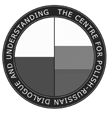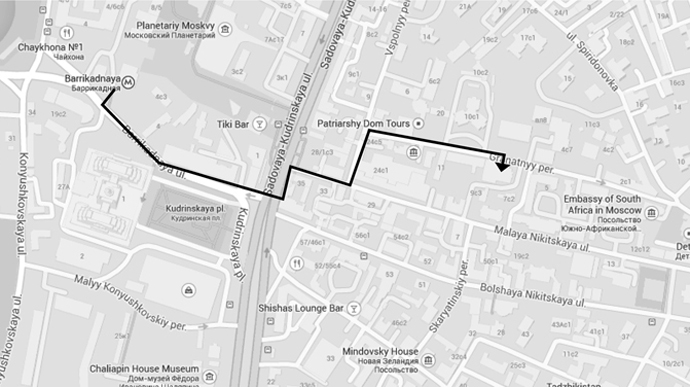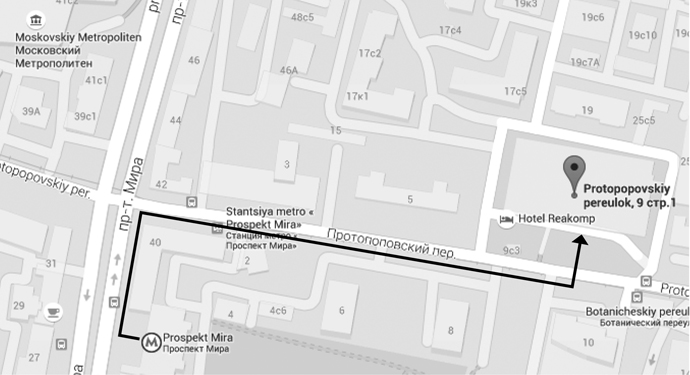Sponsorship Levels
Ultra Sponsor $3000+
Your company logo is displayed on the Serebro Nabora 2015 homepage with a hyperlink to your website.
You may sponsor the evening party.
Your representative may make a five-minute presentation during the conference.
Your logo will be projected on the screen before and between the presentations. The length and frequency of the logo’s “air time” will depend on the contribution.
Your company logo is printed in the Serebro Nabora 2015 Program Guide.
Your promotional materials are distributed at the conference.
You will receive a special mention at the closing ceremony.
Heavy Sponsor $2000+
Your company logo is displayed on the Serebro Nabora 2015 homepage with a hyperlink to your website.
Your logo will be projected on the screen before and between the presentations. The length and frequency of the logo’s “air time” will depend on the contribution.
Your company logo is printed in the Serebro Nabora 2015 Program Guide.
Your promotional materials are distributed at the conference.
You will receive a special mention at the closing ceremony.
Bold Sponsor $1000+
Your company logo is displayed on the Serebro Nabora 2015 homepage with a hyperlink to your website.
Your logo will be projected on the screen before and between the presentations. The length and frequency of the logo’s “air time” will depend on the contribution.
Your company logo is printed in the Serebro Nabora 2015 Program Guide.
Your promotional materials are distributed at the conference.
You will receive a special mention at the closing ceremony.
Book Sponsor $500+
Your company logo is displayed as a Book sponsor on the Serebro Nabora 2015 homepage and dynamically linked.
Your logo will be projected on the screen before and between the presentations. The length and frequency of the logo’s “air time” will depend on the contribution.
Your company logo is printed in the Serebro Nabora 2015 Program Guide.
You will receive a special mention at the closing ceremony.
We are always open to developing new ways for conference sponsors to communicate their messages. If you would like to become a sponsor or discuss sponsorship please contact us: info@serebronabora.com














